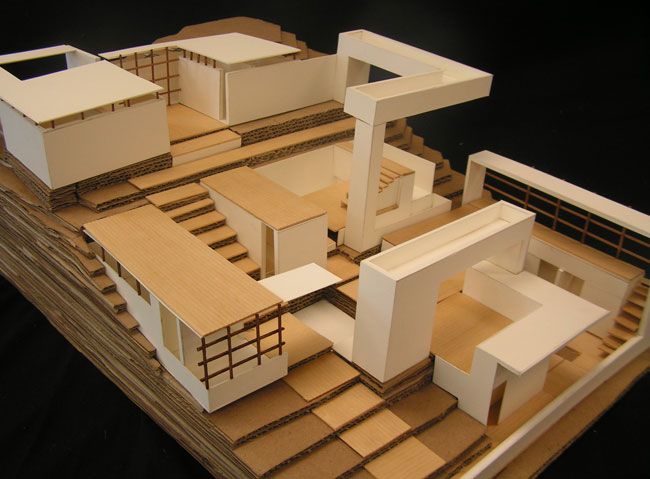A real estate model is a detailed and tangible representation of a real estate project. In the real estate industry, real estate models are increasingly being utilized to better showcase and sell properties.
Real estate models serve as powerful communication tools between clients and architects. They can illustrate architectural and social features of the building through carefully crafted perspectives by the model builder.
What sets a real estate model apart from other types of models?
Real estate models provide a three-dimensional perspective, allowing the building to be viewed from various angles. This ensures that visitors gain an understanding of the building's accessibility.
The configuration of a real estate model sometimes includes the sales floor plan of the building, enabling potential buyers to customize their interior perspective and layout. Even furniture and accessories are placed within the unit to achieve the desired interior composition for the client.
Uses of Real Estate Models
Real estate models are employed to simulate the living experience and gather feedback from clients, identifying issues within the real estate project. In this context, they are also useful in ensuring legitimacy with municipal authorities, regulatory bodies, and local communities. The prior visualization of a real estate program also attracts investors to support construction.
Ultimately, real estate models are used in the showcases of property developers and presented as images in catalogs and posters. Real estate models pique the viewer's buying interest and encourage them to envision themselves in their new home.





